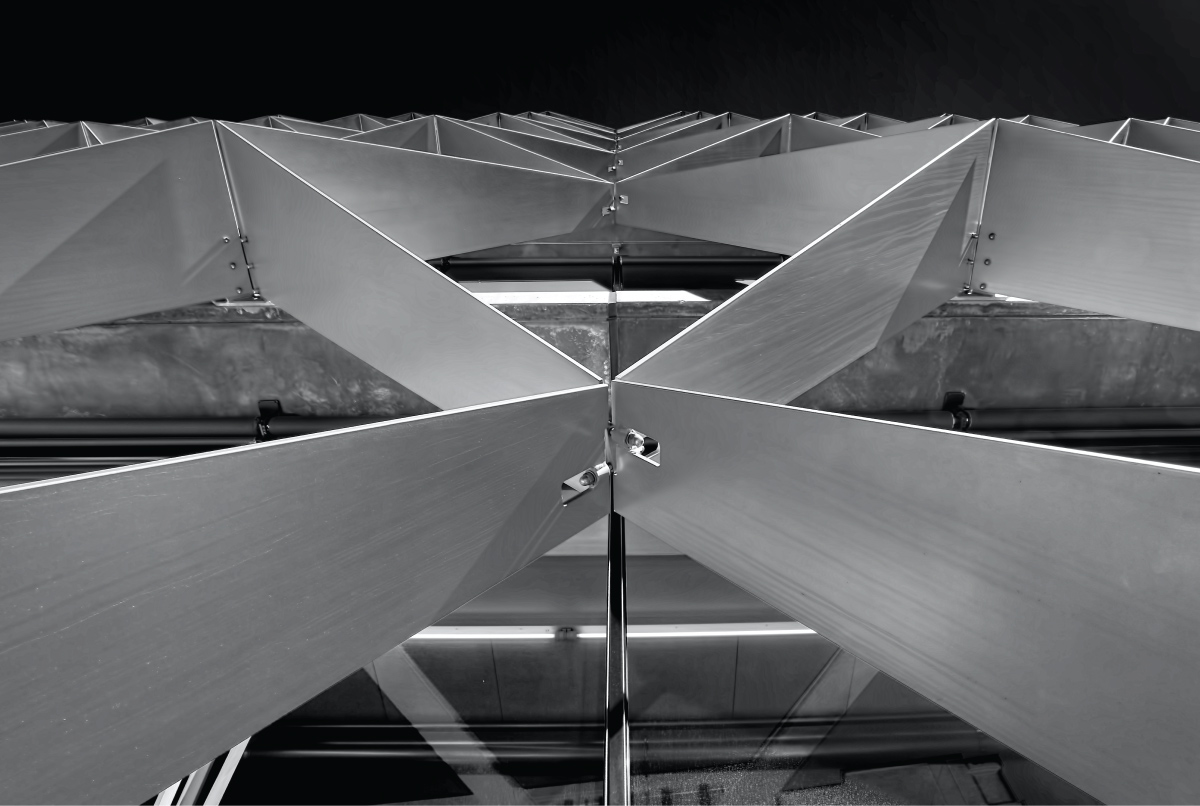
The Evolution of Construction Materials: From Traditional to Modern Innovations in the Rwandan Market
Construction materials have undergone significant evolution, transforming from traditional techniques to modern innovations that revolutionize the industry. In Rwanda, this transformation reflects broader trends in Africa while showcasing unique regional developments. This article explores the history of construction materials in Rwanda, highlights key advancements, and examines how these innovations shape the Rwandan construction landscape today.
Traditional Construction Materials in Rwanda
Historically, Rwandan construction relied heavily on locally available materials, reflecting the country’s rich natural resources and traditional building techniques. Common materials included:
- Earth and Mud Bricks:
- Usage: Traditional Rwandan houses often utilized earth and mud bricks, shaped and dried in the sun.
- Benefits: These materials were abundant, cost-effective, and provided natural insulation.
- Bamboo:
- Usage: Bamboo was a versatile material for constructing walls, roofs, and even scaffolding.
- Benefits: It is a renewable resource, lightweight, and has a high strength-to-weight ratio.
- Thatch:
- Usage: Thatch made from grass or reeds was commonly used for roofing.
- Benefits: It offered good insulation and was readily available.
- Stone:
- Usage: Stone was used for building more permanent structures, such as traditional royal palaces.
- Benefits: Stone provided durability and strength.
Transition to Modern Materials
As Rwanda urbanized and modernized, the construction industry saw a shift towards more durable and scalable materials. Key modern materials include:
- Concrete:
- Advancement: The introduction of concrete marked a significant leap in construction durability and versatility.
- Impact: It enabled the construction of multi-story buildings, bridges, and infrastructure projects.
- Steel:
- Advancement: Steel became essential for reinforcing concrete structures and constructing large-scale industrial buildings.
- Impact: It facilitated the development of modern architectural designs and high-rise buildings.
- Prefabricated Materials:
- Advancement: The use of prefabricated materials and modular construction techniques increased efficiency.
- Impact: These innovations reduced construction time and costs, making housing more accessible.
- Glass and Modern Insulation:
- Advancement: The use of glass for windows and facades, along with advanced insulation materials, improved energy efficiency and aesthetics.
- Impact: It enhanced the comfort and sustainability of modern buildings.
Innovations Shaping Rwanda’s Construction Industry
The Rwandan construction sector continues to evolve with innovations tailored to local needs and global trends:
- Eco-Friendly and Sustainable Materials:
- Trend: The growing emphasis on sustainability has led to the adoption of eco-friendly materials such as recycled concrete, green roofs, and biodegradable materials.
- Impact: These materials reduce the environmental footprint of construction projects.
- Advanced Construction Technologies:
- Trend: Technologies like 3D printing, drone surveying, and Building Information Modeling (BIM) are being integrated into Rwandan construction practices.
- Impact: These technologies enhance precision, efficiency, and project management.
- Smart Building Materials:
- Trend: Smart materials that respond to environmental conditions, such as self-healing concrete and smart glass, are gaining traction.
- Impact: They improve the longevity and functionality of buildings.
- Local Innovation and Entrepreneurship:
- Trend: Rwandan entrepreneurs and startups are developing innovative construction solutions, such as affordable prefabricated housing and locally produced sustainable materials.
- Impact: These initiatives support economic growth and address housing challenges.
The Future of Construction Materials in Rwanda
As Rwanda continues to grow and urbanize, the construction industry will play a pivotal role in shaping the country’s future. Key areas to watch include:
- Sustainable Urban Development:
- Focus on integrating green building practices and sustainable urban planning to create resilient cities.
- Affordable Housing Solutions:
- Innovations in cost-effective construction materials and techniques to address the housing deficit.
- Infrastructure Development:
- Continued investment in modern infrastructure projects, leveraging advanced materials and technologies.
- Education and Training:
- Enhancing skills and knowledge in the construction workforce to adopt and implement new materials and technologies effectively.


